A British classic with a distinctly continental flair, the Ercol stacking chair was designed by an Italian immigrant brought up in London’s East End. Lucian Ercolani founded Ercol in 1920, and during the Second World War, the company made its name mass-producing kitchen chairs for the government-sponsored Utility Furniture Scheme. It wasn’t until the burst of national pride and optimism of the 1950s that Ercol dusted off its wartime image and came up with something more streamlined and cheerful. Love seats and nesting tables were introduced and, to prove just how light and practical this new aesthetic could be, the stacking chair was launched in 1957. This design, with its slender, tapered, outward-turning legs enabled the chair to be stacked vertically, making it ideal for the compact modern home as well as for public spaces.
In 2002, British fashion designer Margaret Howell collaborated with Ercol to revive some of its notable midcentury designs, including the stacking chair, to sell in her shops. The reissues were a great success and the styles are now available as part of the Ercol Originals collection. The Ercol factory is still family run (Lucian’s grandson, Edward, now heads the company) and the furniture continues to be made in Britain using environmentally sound practices. Here are some examples.





Read about Christine’s Ercol obsession in Design Sleuth: Stalking the Ercol Stacking Chair. For outdoor seating ideas (including some stackable and folding designs), see Gardenista’s 10 Easy Pieces: Outdoor Bistro Table and Chair Sets.
N.B.: This post is an update. It originally ran on April 8, 2014.
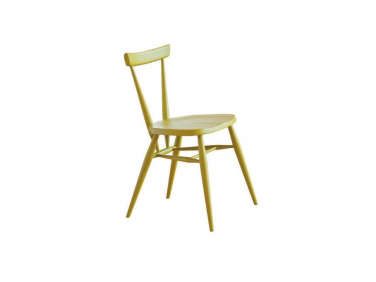
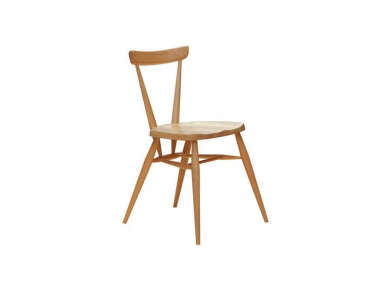
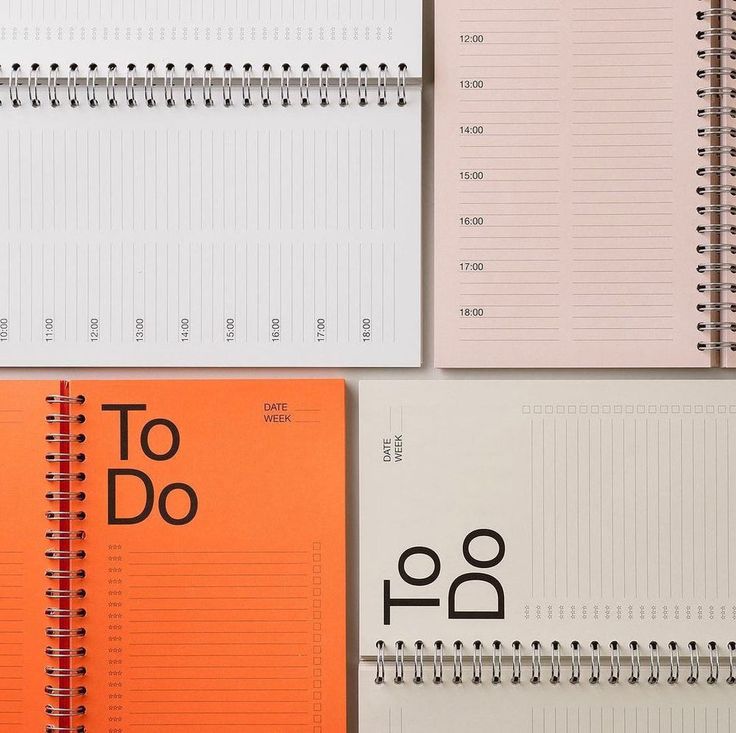
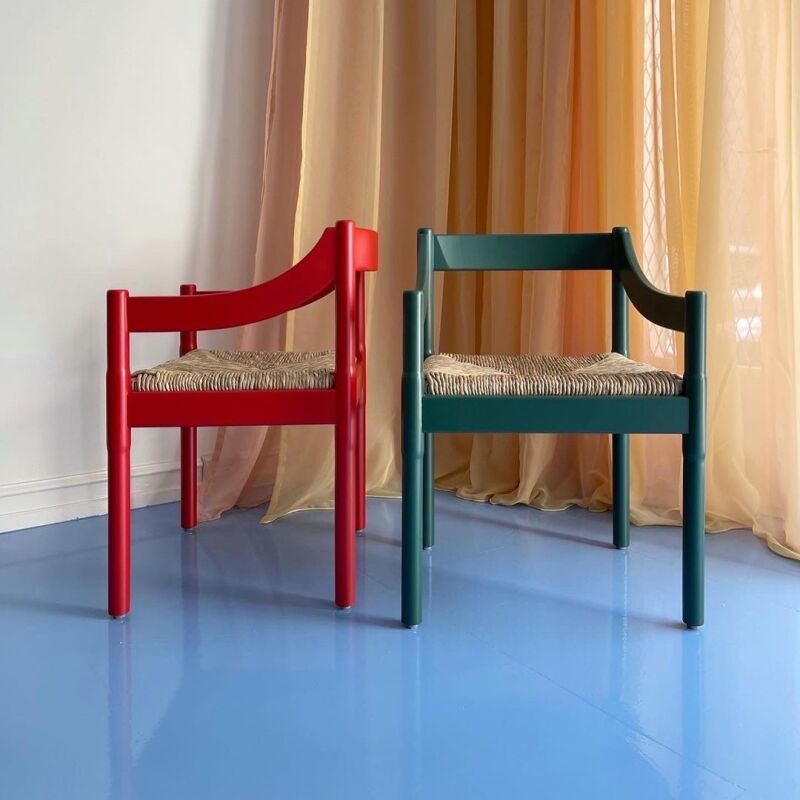
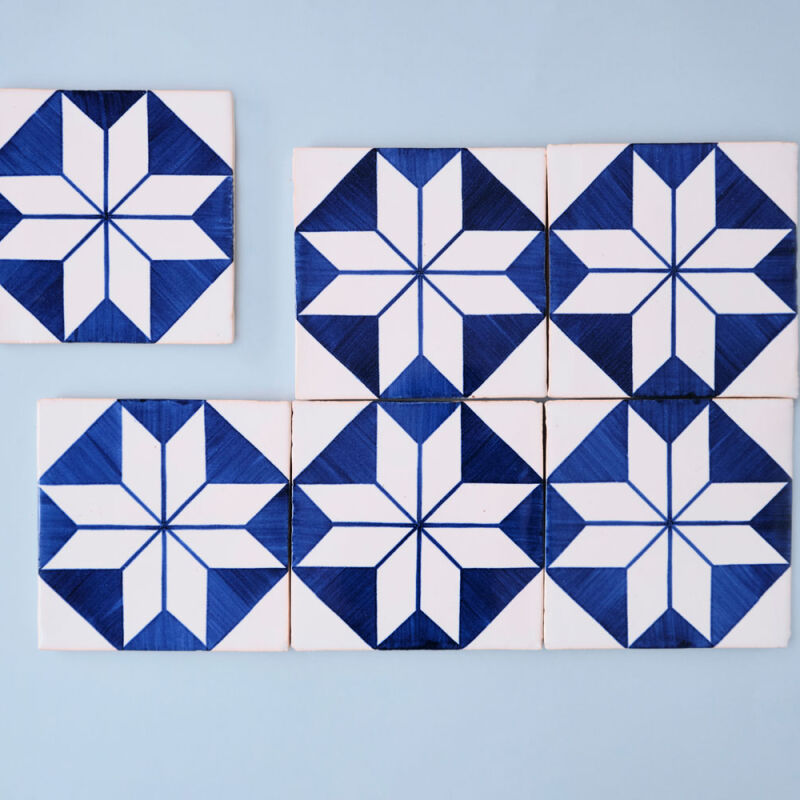

Have a Question or Comment About This Post?
Join the conversation (6)